Reading this post, I'm trying to understand how mutual TLS works in AWS. I think I understand the most parts but what is unclear to me is the arrow going from AWS Certificate Manager to the client. I'm guessing this is the server certificate presented to the client.
But does the client need to actively request this or is it handled automatically by the TLS handshake during the call to the API?
